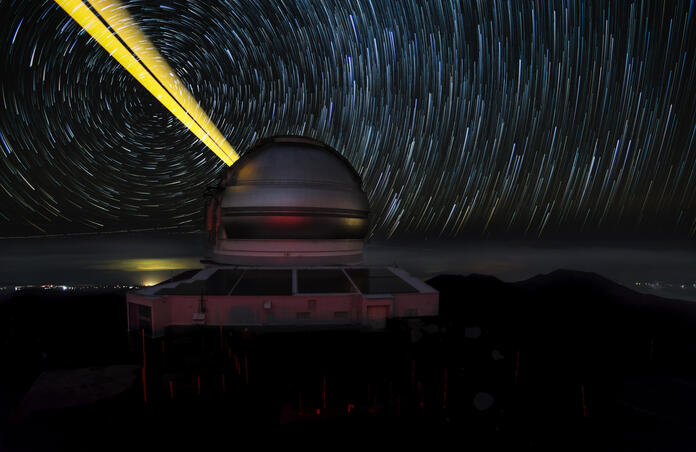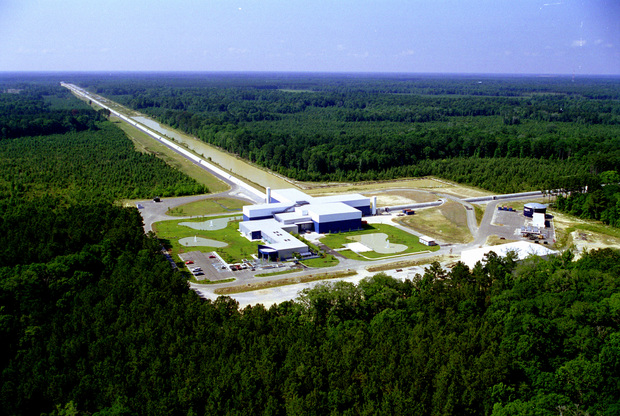The Impact of COVID-19 on Astronomical Observatories

The impact of the coronavirus is evident across the entire world, but how has it affected astronomy?
The novel coronavirus pandemic has spread across the Earth with alarming efficiency, effectively bringing many of the world's industries to a stand-still. Over 185 countries have been affected, most of which have already implemented specific countermeasures to help combat the spread. While the measures are certainly necessary to prevent further destruction, some have already harmed specific industries—particularly those that rely on in-person interactions.
Though it’s not talked about as frequently, science has been noticeably affected by this pandemic as well. Science has always been a collaborative endeavor, and though a lot of researchers already communicate through emails or remote meetings, not being able to interact with others has caused some problems. Entire missions are on hold, conferences are being postponed indefinitely, and many observatories and facilities are closed. However, humanity has a knack for solving problems when we're under pressure, so astronomers have already figured out ways to continue their work—by adapting to remote observation.
Impact on Observatories & the Amateur Astronomy Community

Image of the LIGO Laboratory in Livingston, Louisiana. This installation (and
the one in Hanford, Washington) is one of many observatories that are closed
during the pandemic. Credit: LIGO Caltech
Observatories typically only have a handful of staff working at one time regularly, but, to follow proper social distancing, most have postponed their observations. The Mauna Kea Observatories in Hawaii, the Laser Interferometer Gravitational-Wave Observatory (LIGO), and the Roque de Los Muchachos Observatory have all locked down their facilities and suspended observations.
COVID-19 has also had a significant impact on the amateur astronomy community. 'Star parties,' conferences, eclipse-watching gatherings, and group observations have all had to be canceled or postponed.
The Solution? Remote Observation
Because of the distancing measures, and the general uncertainty of just how long the pandemic will last, both amateur astronomers and researchers from observatories should be turning to remote methods. With the right setup, observing the cosmos remotely is an entirely plausible option. Remote observations allow astronomers to continue their papers, studies, and general observations, while amateur astronomers could host virtual conferences and group observations.
While it’s not a new concept, more observatories should be adapting their telescopes for remote viewing. Now that the pandemic is in full force, many have realized remote viewing could’ve easily been an option for a long time. Telescope Live’s remote network of robotic telescopes is a perfect example of this—we were up and running before the pandemic hit. Access to powerful telescopes from the comfort of your home is now a feasible option, and after everything clears, it may even be an integral part of the future of astronomy.